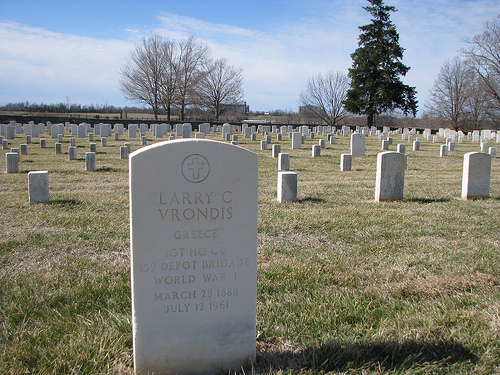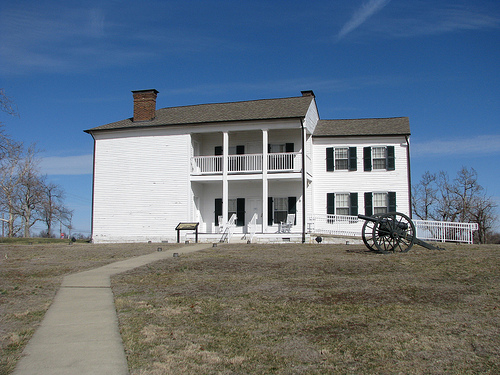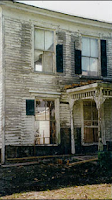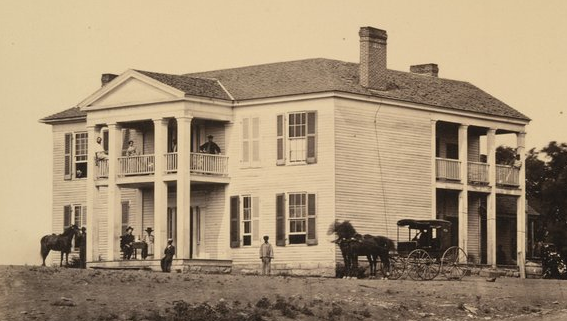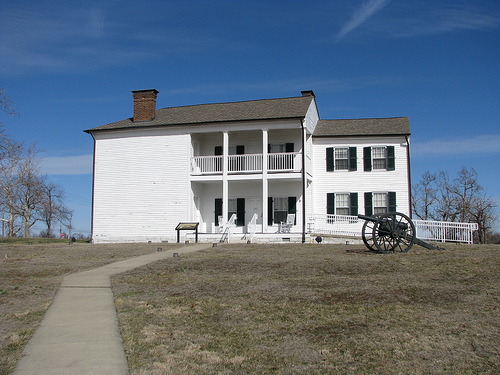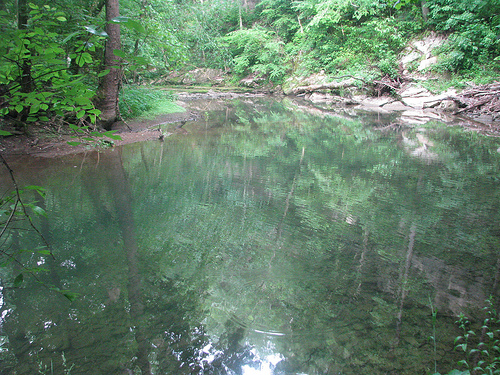 |
| Historic Marker for Jessamine County at Courthouse – Nicholasville, Ky. |
A thread seemed to weave a common message through last week’s Jessamine Journal.
New transportation options — both real and proposed — seem to be on the horizon.
“City supports proposal for bike/pedestrian connector path.”
And an advertisement for Lextran’s new park and ride into Lexington from two stops within Jessamine County. (Route times are available here.)
Walking, bicycling, and public transit each contribute to what Jeff Speck refers to as the “General Theory of Walkability.”
Speck is a city planner who lives in Washington, D.C. His studies have focused on cities, but he uses that term to include towns and villages. Nicholasville and Wilmore would both the definition.
Because of my interest in changing the way I get around, I attended his lecture in Frankfort last Thursday. The lecture was part of a historic preservation series by a state organization and was held in coordination with the annual conference for Main Street coordinators. I was glad to see at least one other local, Magistrate George Dean, in attendance.
A walk, according to Speck, must satisfy four conditions: it must be useful, safe, comfortable, and interesting. Consider Nicholasville’s Main Street. Recent streetscape improvements have made walking both safer, more comfortable, and more interesting. But useful?
Well, perhaps. One living close to Main Street could walk to the dry cleaner or the bank or the drugstore. Dinner can be had at Euro or Simmie’s.
An address on West Oak Street gets a WalkScore of 43. (WalkScore.com is a website that calculates walkability based on distance as the crow flies from certain desirable amenities like schools, parks, dining, and shopping.) The average score in Nicholasville is 28; in Wilmore, it is 51.
Those living near Kimberly Square might technically have the highest scores (55) in Nicholasville with walkable access to Kroger and many other shops, but the lack of sidewalks and bike lanes render walking or biking less desirable.
This is the idea behind the proposed bike/pedestrian path which would provide “a safe and integrated bike and pedestrian trail system that would allow residents to ride or walk to school form neighborhoods in Jessamine County.”
This project simply must go forward. And across both the city and the county, we need more projects like this. It is important for many reasons.
Walkable areas make economic sense, are healthier for citizens and are better for the environment. Each of these particulars could fill this page, but let me touch on a highlight for each as discussed during Speck’s lecture.
Economics: Realtors salivate here. Increased WalkScores have been shown to increase real estate values from between $500 and $3000 per point. For local government, that can mean increased tax revenues without increasing taxes.
Health: Our children will love shorter lives than we will. We are the first generation of Americans to make that awful claim. More useful walks (to school or the store) provide physical activity that directly correlates with reductions in obesity, asthma, and inattentiveness/hyperactivity issues.
Environment: Converting your light bulbs to CFL and driving a Prius are only drops in the bucket when compared to living in (and taking advantage of) a place that is walkable.
Nicholasville and Jessamine County could be on the precipice of significant growth that increases not just our numbers, but our quality of life. Connectedness within our community, and with improved transit to Lexington, offer tremendous potential that could improve our health and our daily lives.

This column originally appeared in the Jessamine Journal.
It should not be republished without permission.









